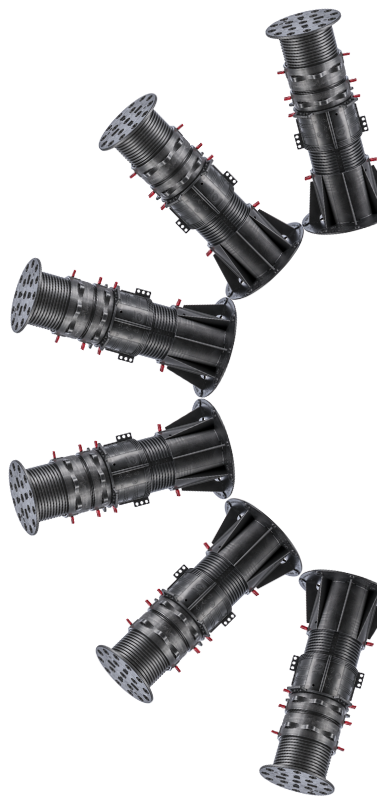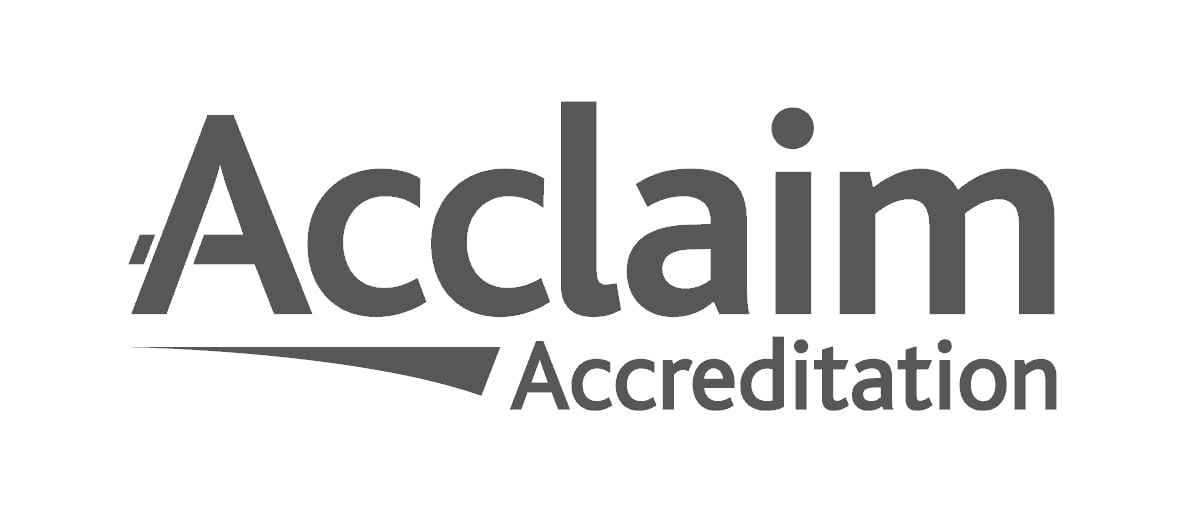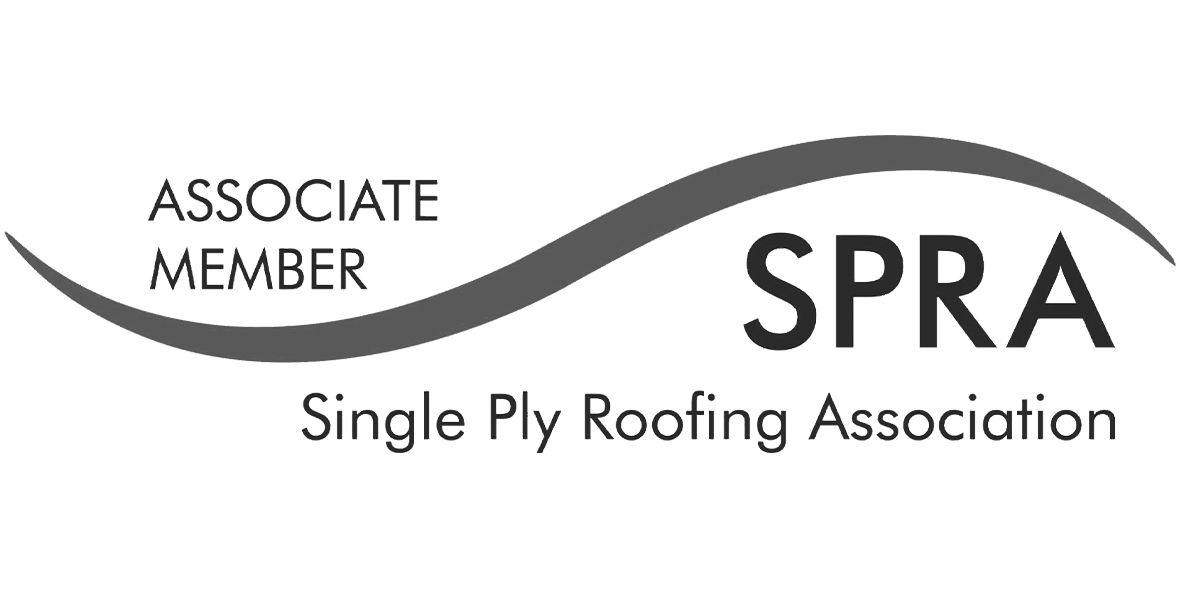If you’re a designer or specifier working on a high-rise external flooring project, you’ll need to ensure that all flooring components including surface materials, subframes, joists and adjustable pedestals are fire-rated.
Due to the very nature of the material with which it’s made, you’d be forgiven for thinking that all metal pedestals are fire-rated. In many cases this is true, but certain design characteristics may invalidate the pedestal’s fire-safety performance.
This post has been written to help aid those in their product selection process for fire-rated, metal pedestals, highlighting the top three things you should avoid.
Read on to find out more…
#1. Metal Pedestals With Non-Fire Rated Components
As you may be aware, adjustable pedestals will require the use of additional components in order to perform specific functions, be it slope correction, creating spaces between pavers and so on.
In this instance, it’s crucial that all additional components and accessories – aside from the metal pedestal itself – are also fire-rated, including spacer tabs and slope correctors.
When the fire regulations were first updated with Class A-rating requirements for specified attachments, it was admittedly difficult to source fully compliant products. Suppliers have since risen to the challenge of designing products that are 100% fire-rated and there is now no good reason to use products that do not meet the requirements.
#2. Non-Combustible Pedestals With Small Bases
Metal pedestals provide the strength needed to support a myriad of paving and decking surfaces, from concrete to porcelain.
However, none of this is effective if your adjustable pedestal doesn’t provide sufficient stability.
When observing your pedestal’s stability, you must look at its base, as no matter how strong the material with which it is made is, if the base is small, it simply won’t provide the stability needed to support a wide variety of decking/paving surfaces. This will be exacerbated the higher you set your adjustment.
So, ensure that your fire-rated pedestal not only provides strength but stability, too. This often means selecting a pedestal that has a large load spreader plate base that doesn’t compromise insulation or waterproof membranes.
#3. Lack of Slope Correction
Height adjustment: check.
Made from metal: check.
But what about slope correction?
Sadly, slope correction is a feature that’s been overlooked amongst many fire-rated metal pedestals on the market, despite it being a fundamental design feature, particularly if you’re working with inclines – which, let’s face it, are common in external flooring applications.
Finding a fire-rated pedestal with integrated slope correction functionality will help to overcome this issue. The Buzon A-PED will allow the installer to obtain millimetre-precise correction, accommodating any slopes or uneven groundworks on your high-rise project.
Conclusion
With so many options out there for fire-rated adjustable pedestals, it’s important to identify what features to look out for as well as what features to avoid.
For any more information on how you can achieve fire-rated compliance, get in touch with an expert today.
Feel free to check out our latest product, The A-PED, which is our latest Class A-rated adjustable pedestal. Whilst being non-combustible, it provides many of the benefits that Buzon’s polypropylene pedestals boast, giving you ultimate flexibility on your high-rise project.














